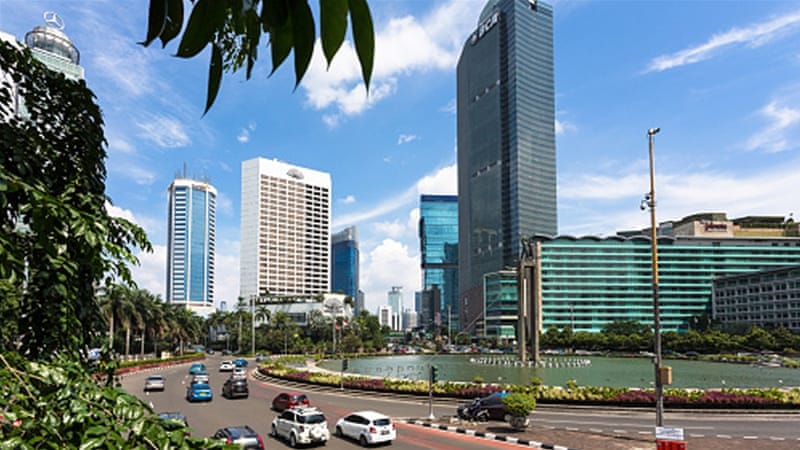Higher consumer and business confidence is expected to increase economic activity and consequently increase economic growth this year. The World Economic Outlook 2017 has forecast that the global economy will grow by 3.6% in 2017 and 3.7% in 2018 after just materializing growth of 3.2% in 2016. These projections for 2017 and 2018 are 0.1% higher than the original projections made in April after observed improvements in global economic activity.
Due to the increase in global growth momentum in the first quarter, growth projections for advanced economies have improved from 2% to 2.2%. Growth forecast for China has improved from 6.6% to 6.8%, while growth in emerging market economies are also expected to improve by 0.1% for both 2017 and 2018 arising from stronger growth projection in China, Market Insider reported.
The improvement in projections comes as actual growth was better than projected in the first half of this year for countries in the eurozone, other emerging European economies, Japan, emerging Asian countries and Russia. Demand, as well as output, grew faster in the first quarter of 2017 relative to the last quarter of 2016 in advanced economies.
The increase in growth in the aforementioned economies, according to the WEO, is expected to offset the downward revisions in growth projected in other countries including the UK. Growth in the US is expected to improve from greater business investment and consumption as the energy sector improves.
Improvements in the equity markets in both developed countries and emerging markets has provided generally good outlook for the financial sector. The improvement in growth prospects comes as result of increased private consumption, investment and external demand in the eurozone and Japan.
Risks to Growth
Although the overall growth projections continue to improve, growth continues to lag behind for many countries. Growth in GDP per capita in particular has been restrained by slow improvements in productivity and increasing old-age-dependency ratios according to the WEO.
Many countries need to guard against financial stability risks as nationalistic and anti-globalization policies in some advance economies along with increased uncertainty in the direction of policy and increased geopolitical tension could adversely affect the global growth prospects.
According to the WEO there are several factors that might pose risks and limit the world’s output potential. These include rapid and sizable tightening of global policy conditions in the United States and the eurozone, for example.
There could be higher long-term interest rates in the United States, although thus far this year, interest rates in the US has fallen by more than 25 basis points, there is an anticipated increase due to the country’s global policy stance which might have spillover effects on smaller and emerging market economies.
This tightening could arise from a reduction in investors risk appetite. Other risks could arise if inflation remains low in advance economies, the central banks cannot use monetary policy as a tool to stimulate investment. Also if the improvement in the financial sectors made since the global financial crisis are undermined it could reduce capital buffers and supervisory competence.
Key Areas of Focus
Notwithstanding the risks, the WEO has outlined key areas that countries should strategize and focus on. Structural reforms and expansionary policy are essential to increase productivity and supply.
Countries should focus on increasing the capacity of labor to meet the demands of improved technological processes. Countries should try as well to resist the urge to internalize policies. Countries should continue to strengthen international cooperation and avoid protectionist policies.
Expansionary polices are also necessary to secure the recovery that the global economy has been experiencing thus far as well as to build resilience for the future. Monetary policy in particular should be employed to usher inflation towards targets.
Inflation to Remain
Global inflation is expected to remain low at about 4.5% for 2017. Oil prices have declined by 8.1% between February and August of 2017 resulting in decline in the International Monetary Fund’s primary commodity price index by 5% over the same period.
The average natural gas price index for Europe, Japan and the US has fallen by 9.6%. The average coal price index for Australia and South Africa prices has increased by 16.5%. The price of metal as a non-fuel commodity increased by 0.8%, while agricultural prices fell by 5% over the same period.


